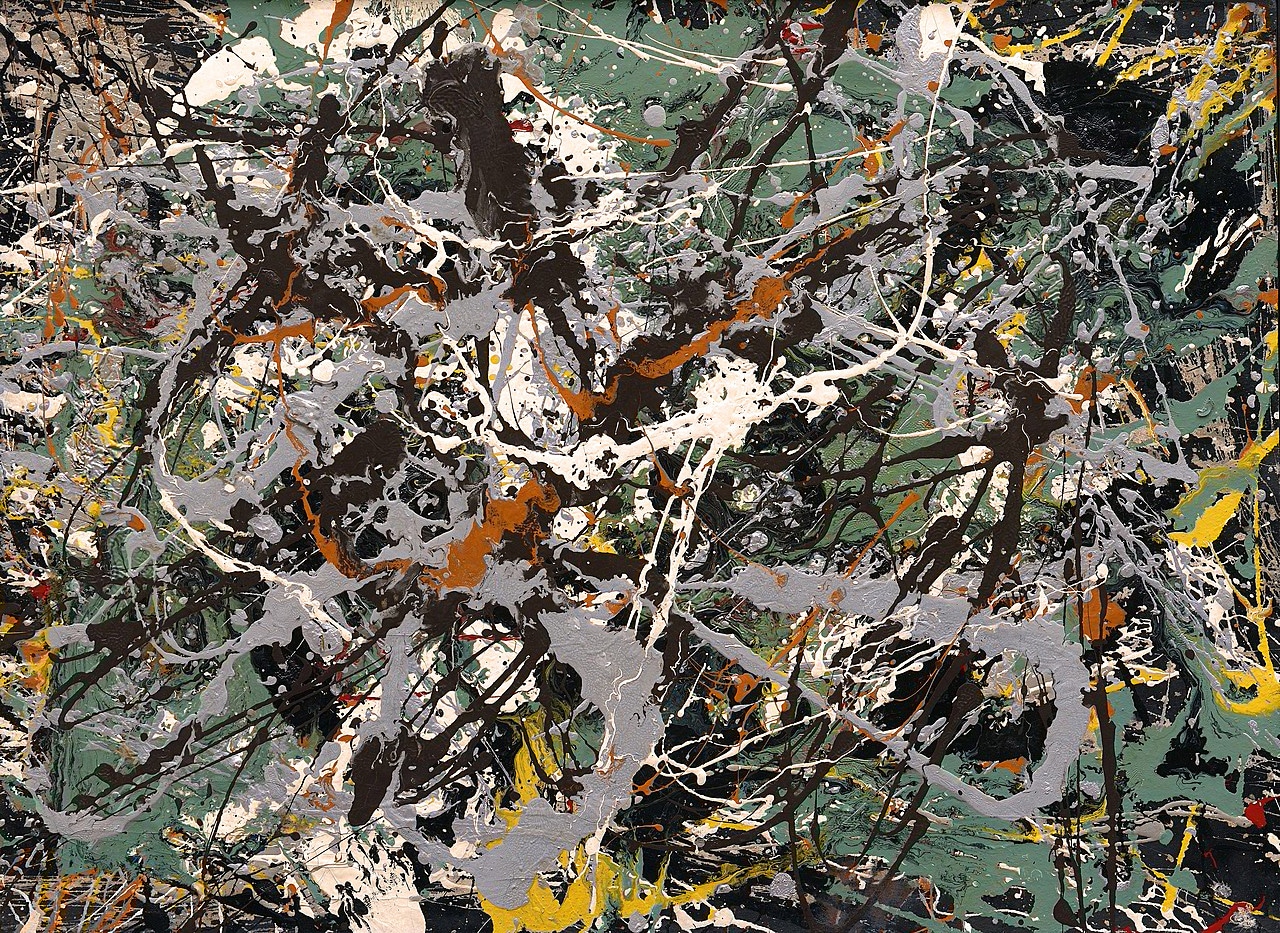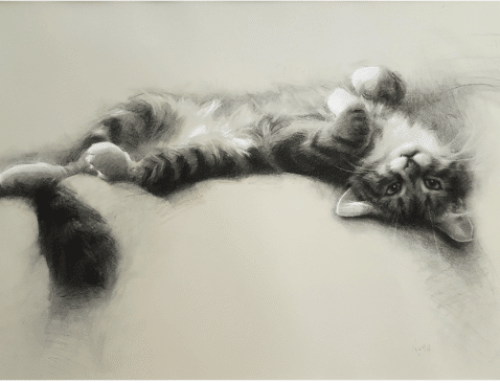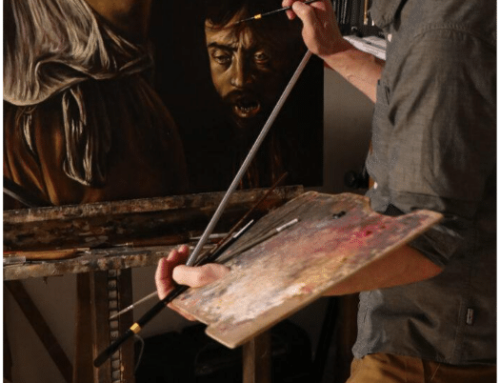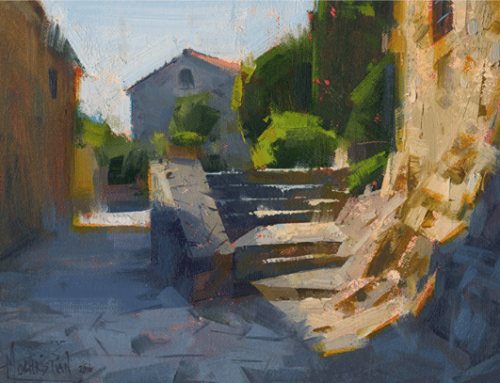Just this once. Especially if you’re stuck and feeling uncreative. Create controlled chaos. Throw the whole framework of good painting into question.
Break rules.
And actually, not just once, but several times. Why?
Two major benefits:
- One, you’ll develop a new aspect of versatility with your medium.
- Two, you’ll deepen your understanding of your personal goals and voice (vision and style). You have to pay attention for this one – you have to look past the mess, into the mess, to find some part of you in there. Own the mess.
Or not. If an experiment fails to produce anything of potential interest, it reinforces that what you’re doing is working for you. Great. But if an experiment succeeds by producing results that are exciting to you, even if it’s just one tiny aspect of the process or the finished exercise, you’ll have put into motion a strong but subtle change. You’ll have planted a seed. Or lit a fuse.
It helps to know what the rules are first, so try these:
- Understand The Rule of Third to avoid static symmetry.
- Fill the Frame to zoom in on the subject.
- Use Leading Lines to guide the viewer’s attention to the subject.
Photographers talk about these particular rules more than painters do, but they apply equally to both mediums, and they’re so, so easy (and liberating) to break.
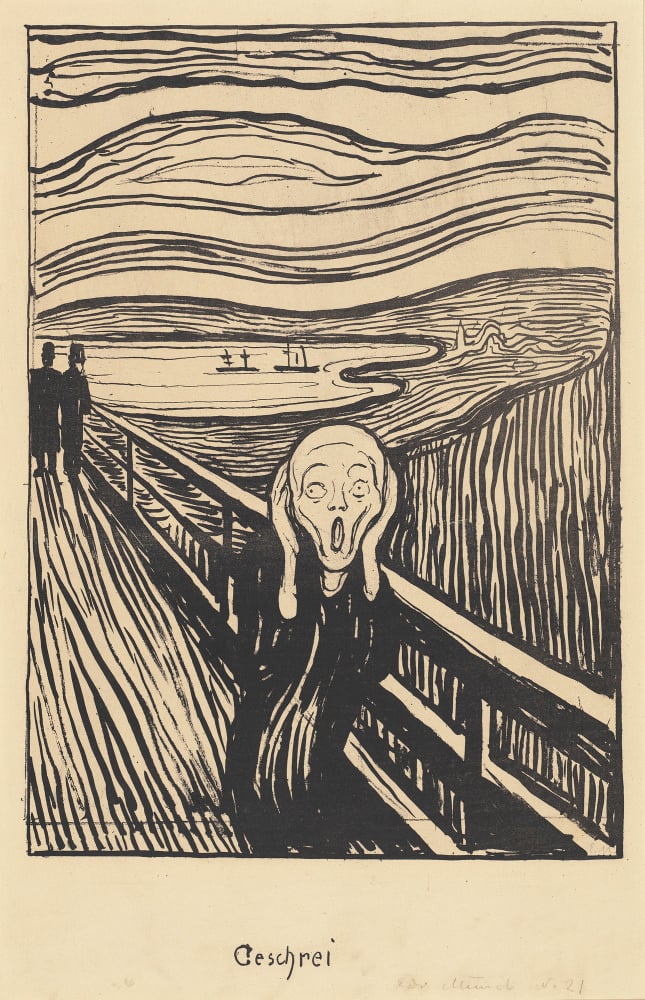
Edvard Munch, Geschrei (The Scream), 1895. Courtesy of the National Gallery of Art. Rosenwald Collection 1943.3.9037.
Take The Scream by Edvard Munch. In it, Munch breaks all three of these rules:
- Rule of Thirds? Nope. The horizon line on this is almost dead center. (Marked by the passing couple.)
- Fill the Frame? Not this time. All the main figures and objects are crowded into the bottom half of the composition, as if cowering beneath the vast, squirming emptiness of sky.
- Leading Lines? Okay, there is some legit use of leading lines (which are supposed to point us to the focal and points of interest). This is the purpose of the wavy line in the right middle ground that connects the main figure’s bulbous head to the mountains in back. But the main leading lines – the bridge’s railing and floorboards – shoot straight past the focal point (main subject, the wailing figure) with only the nondescript, bit-part players of the pedestrian couple keeping us from zooming straight out of the picture. The effect here is to make us feel that the whole world is at once dominating and indifferent to, whooshing past, the figure.
It’s a good idea to do a break-the-rules exercise, or any experiment really, more than once. No good scientist would do otherwise, so why should you? You have to try any experiment long enough to see whether it’s working or not. If none of this feels natural at first, keep going. If it feels like a ridiculous waste of time, you aren’t doing it right – you’re expecting the wrong results. Don’t make a painting! Disregard the final product. You have to really let yourself sink into the process for that subtle “click” to happen when your hand obeys some intuitive impulse that, even if for just one moment, feels honest and alive.
Long-game artists make this kind of experimentation a lifelong practice, usually without intending to or even thinking about it. Actually, vital artists do something like this constantly. If you aren’t taking risks you aren’t growing; by definition, you’re just repeating yourself instead of challenging yourself to keep it unpredictable, fresh, and new, for yourself and your audience.
And this too is what’s called “doing your work.” It sounds like play, but it’s the heart of what artists do – self-exploration, expression, discovery. It’s easy to fall into the trap of waiting for the right impulse to create, but the way out is through. Remember Matisee’s words: “Don’t wait for inspiration. It comes while one is working.”
That and, “work cures everything.”
Learning the “rules” of good painting comes more easily when you work with masters. Browse this impressive library of instructional DVDs by contemporary master painters and teachers and find a master who’ll both teach and inspire.

